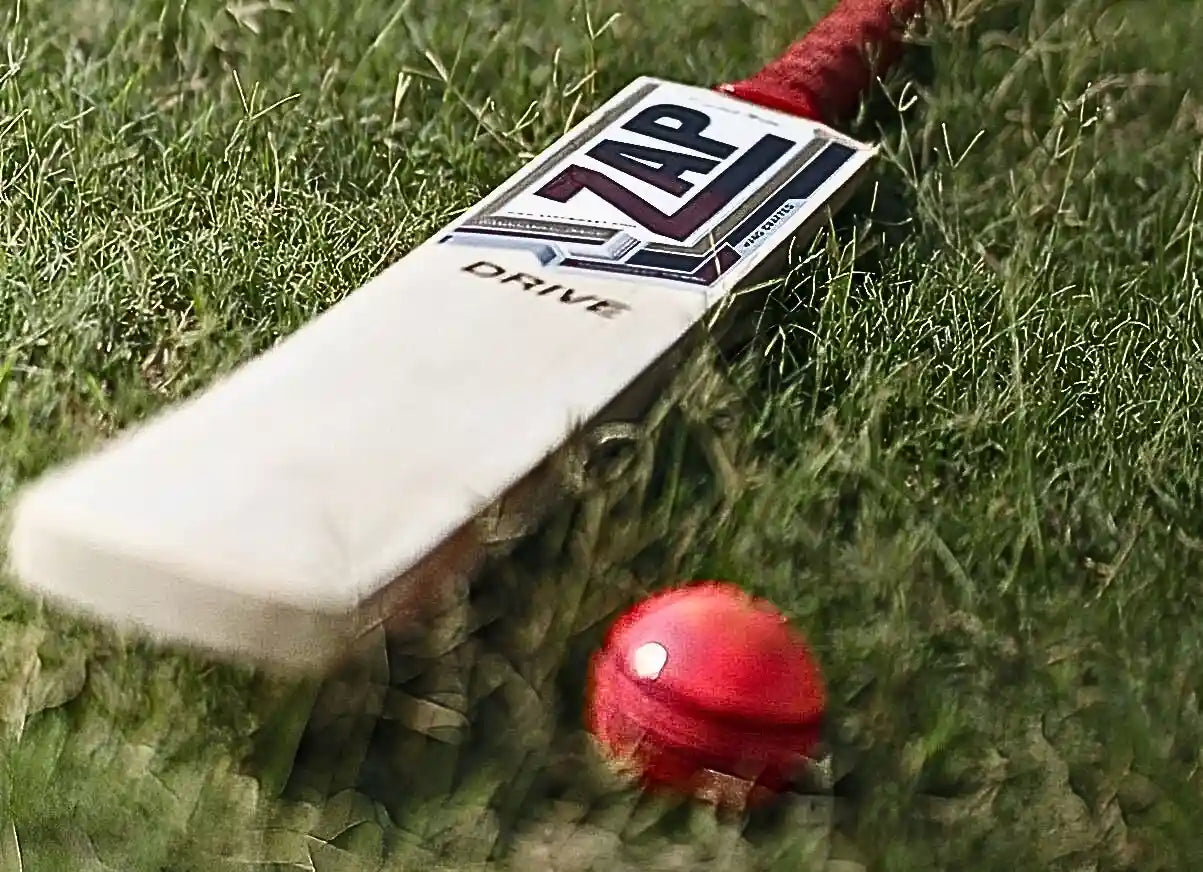Cricket throughout its history, has gone through numerous transformations and innovations that have made the game more intriguing and exciting. The advent of the T20 cricket format and the newer T10 leagues have boosted the growth of sport throughout the globe. But all sports lovers can agree that the oldest, the greatest format, test matches still have the charm and excitement that every sport lover demands.
But one revolution that has taken the sporting world by storm and capitalizes on the popularity of the test format is pink ball cricket matches. As the sun sets, the luminous pink orb takes center stage, transforming the game into a mesmerizing spectacle under floodlights. In this chapter of ZAP Know the Game, let’s delve deep and understand the dynamics of this format.

Introduction of Day Night Test Matches:
The concept of day and night Test matches emerged as a response to declining attendances and television viewership for Test cricket. The International Cricket Council (ICC) recognized the need to adapt to modern lifestyles and engage a broader audience. Day and night matches are just normal games but are played partially or entirely during the evening and night time. Traditional games are played from the morning till evening, but unlike them, pink ball cricket matches are played under floodlights, and extend playing hours beyond daylight. Day and night games are scheduled to start in the afternoon and continue until late evening, with a break for dinner.
The First Day and Night Test Match:
The first ever pink ball test match was played between Australia and New Zealand at the Adelaide Oval in November 2015. The introduction of this format provided a rejuvenated appeal to the game. The Australian side had defeated New Zealand by three wickets, making history as the first team to triumph in this version of the game.

Credit: 100MB
For India, we played the first ever match with a pink ball against Bangladesh on 22nd November 2019 in Kolkata. The day is considered to be a historic day in Indian Cricket, as the entire city of Kolkata was bathed in the unique colour to celebrate the event!

Credit: ABP News
Growing Popularity and Acceptance:
For a nation like India, where limited overs forms, especially T20, have negatively impacted the longest format in terms of popularity, pink ball has provided good news for test match lovers, and an opportunity to get better at the longest format of the game. Veterans of the sport have frequently mentioned that playing the pink ball is difficult for the batsmen. It’s an exciting contest to watch, because the earlier time of the game could favour the batsmen, but once the twilight hits and the floodlights are on, bowlers surely have the upper hand.

Advantages
-
Attracting large Crowds:
The introduction of this version of the longest format is super exciting. The battle between the bat and ball during the twilight is an exciting contest. On top of this, people tune in more to watch these matches because of the freedom of time that they have. Traditional contests took place during the work hours, but day night matches solve this issue, leading to more people tuning in.
-
Broadening global reach:
The popularity of the pink ball Test matches has grown not only in India but also internationally. A wider global audience has resulted from cricket fans from many nations being drawn to the format's distinctiveness and excitement. In order to meet the rising demand, cricket boards all over the world are actively considering adding day-night Test games to their schedules.
Disadvantage:
-
Impact on the traditional format
Day and night matches have become wildly popular thanks to the thrill it gives its followers. But others in the field and sports purists continue to think that the newer version may overshadow the significance of red ball cricket, which has a lengthy history and significance in the game. To maintain the general integrity of the longest format, higher authorities must ultimately find a compromise between the two versions of the format.
-
Differences in the behaviour of the balls:
Pink, white and red balls, are all manufactured with a different process and that’s the reason both behave differently under the same condition. For some people, this might come as a challenge to prove their mettle and conquer both types, but for some this might be an element that adds inconsistency to the sport.
Pink Ball vs. Red Ball vs White Leather Ball: A Detailed Comparative Analysis

Pink ball like any other season cricket ball is made of leather and is made in the same process as the red counterpart. The only difference is in the pigmentation of the two. The daynight ball has a pink pigment that is infused into the leather whereas the red one is plain, leather cover polished without any pigmentation. The pink leather orb has a thicker layer of lacquer than the red one, which helps it keep its colour and shine for longer. The pigmentation enhances its visibility under floodlights and in dim light conditions.
Difference in Manufacturing Process:
The red leather ball is waxed to make it shine more brilliantly, which also gives it the cherry colour. By consistently rubbing and maintaining one side of the ball, this shiny part aids bowlers reverse swing in the later parts of the game. The wax only affects the colour and not the swing. The white one is also has coats of pigment on it that gives it the white appearance. The pink pigment, however, becomes black when exposed to the same wax because of the chemical properties of the pigments. And that's why a PU-based covering makes it appear brighter.
Differences in Visibility:
Due to the pigmentation, the day and night cricket ball provides better contrast against the pitching and fielding conditions. This contrast makes it easier for players and spectators alike to spot its motion through the air and the pitch. In comparison to this, the red counterpart provides very less visibility under dim lights and usually appears brown resulting in unfair playing conditions. The limited overs ball is perfect for both, day and night condition. The white one has been used for a long time and it's bright colour makes it best for day and night limited over games.
Impact on Swing and Seam:
The batsmen's reactions to the pink leather have been inconsistent in the Test matches played so far. Some claim that batting becomes harder with more lateral movement and is difficult to spot under lighting. Before the day night Test against England, the then Indian captain Virat Kohli also stated, "Playing with a pink ball is much more difficult regardless of the pitch you play on."

Credit: Business Standard
"That one and a half hours is very challenging," the batting teams said, "especially if you're starting your innings under lights in the evening."
A common belief is that there’s a slight difference in how the pink ball behaves when compared to the red one. People feel that the difference in the pigmentation of the test cricket balls makes the pink one swirl more in the air. But this argument that the pink season ball shows more movement during twilight was completely debunked by a NASA scientist. According to Dr. Rabindra Mehta, an aerodynamic scientist at NASA, says weather conditions do not affect the leather’s properties or swing at all.
Impact on Spin:
The pink leather is sewn with black thread whereas the red is made with white thread, which is one of the most obvious contrasts. This is done because black produces a higher contrast in low light than white on red or brown. The pink’s seam is firmer and more noticeable, which aids with appropriate grip and ultimately provides more assistance to spinners. The material used for the seams is an equal blend of synthetic and linen. The seam on the red, however, is entirely synthetic.
FAQs:
Q- How did day-night test matches come into existence?
Day night test matches were introduced to rejuvenate the longest format of the game and appeal to the larger contemporary audience, without which the popularity of this version of the game was dropping.
Q- Do day-night test matches favor bowlers or batsmen?
The format has a unique set of challenges for both batsmen and bowlers. For batters, adapting to the changing light conditions and proper shot selection is a must. For bowlers, using swing to their advantage to dismiss batsmen is an exciting opportunity.
Q- What does the future hold for day-night test matches?
Pink ball cricket appears to have a bright future because to its broad adoption by cricket-playing nations. Day-night matches' future and position within the sport will be shaped by continued advancements in ball technology, addressing concerns, and finding a balance between tradition and innovation.



Share:
Powerplay in Cricket: Exploring Strategies in ODIs and T20s
MS Dhoni History: The Rise, The Career and The Life Beyond